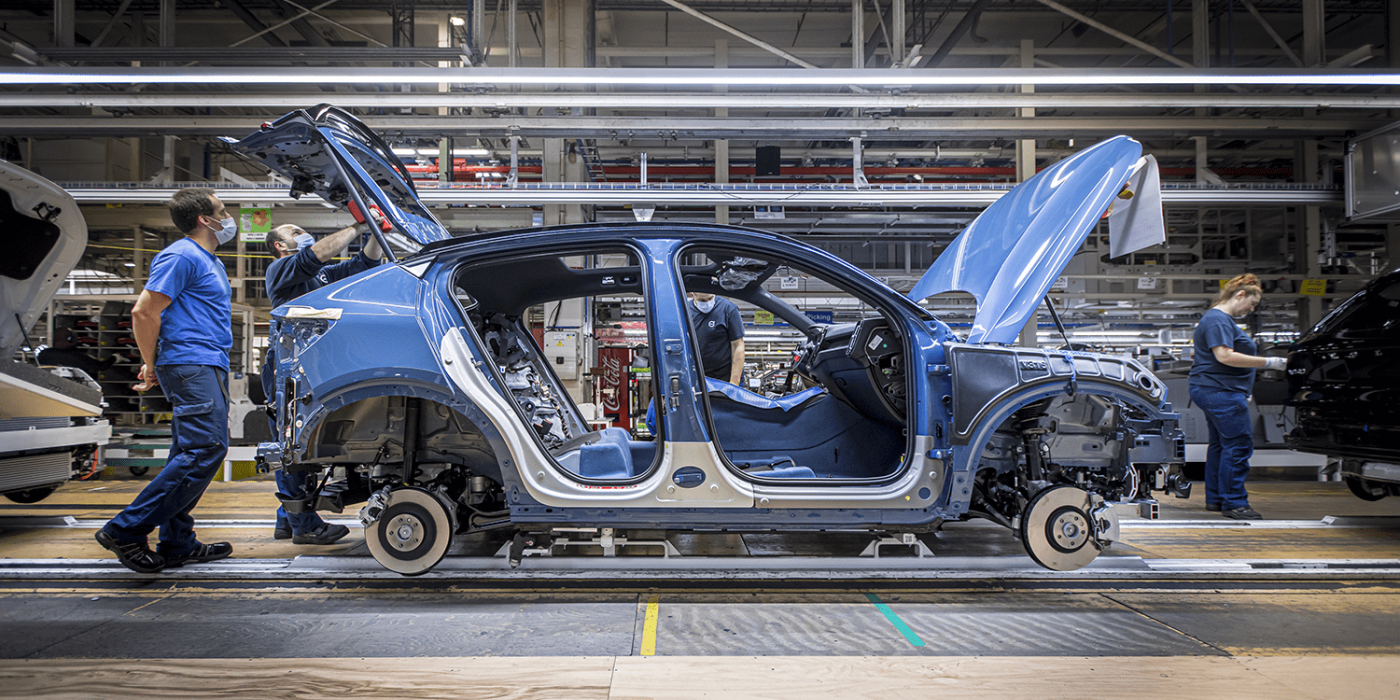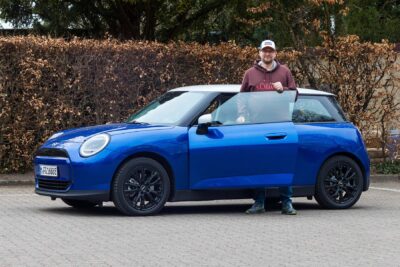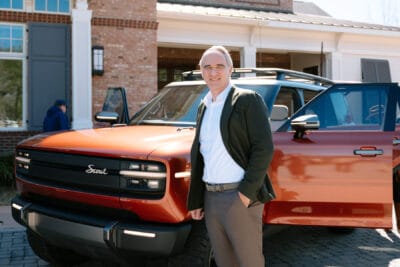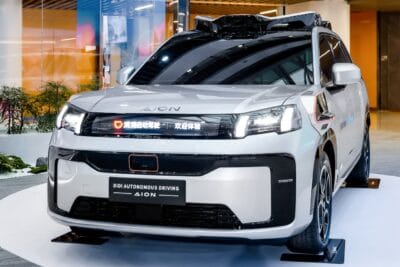Volvo prepares to invest around €1 billion in Torslanda plant
Volvo Cars will invest ten billion Swedish kronor (around 960 million euros) in its Torslanda plant near Gothenburg in the coming years to prepare it for the production of the next generation of fully electric cars.
The currently announced investment concerns only Volvo’s vehicle plant and is independent of the battery plant that Volvo and cell partner Northvolt plan to build in the immediate vicinity in Torslanda. As it was said when the plans were presented last week, both companies will together invest 30 billion SEK (2.9 billion euros) in the 50 GWh factory and a research and development centre.
In order to be able to install the battery cells produced there in the vehicles, Volvo will build a battery assembly plant there as part of the investment package in the vehicle plant – modelled on the facility at the Ghent plant in Belgium. The electric XC40 and C40 are built there. Volvo is not yet giving further details about the battery assembly in Sweden.
However, the battery packs will be integrated into the vehicles in a different way, as Volvo has also announced the introduction of a number of new technologies and manufacturing processes at the plant. For example, Volvo plans to cast large parts of the electric cars’ floor structure as a single aluminium part in the future. Volvo expects a number of advantages from the ‘Mega Casting’, for example in terms of cost and sustainability, but also the life span of the vehicle as well as its performance: if the floor structure is cast in one part, the weight is reduced, which increases energy efficiency and range, according to Volvo. In addition, designers could make the best use of the available space in the cabin and luggage compartment. But: According to Volvo, the introduction of the ‘Mega Casting’ system is still subject to environmental approval by the country and the environmental court.
The paint shop and final assembly are also to be completely renovated. New machines that consume less energy are to be procured and installed for the paint shop. The newly established logistics areas are also to contribute to optimising the flow of materials in the factory and thus also reduce emissions. Important for the employees: new break areas, changing rooms and offices are also to be built.
“With these investments we take an important step towards our all-electric future and prepare for even more advanced and better electric Volvos,” says Håkan Samuelsson, President and CEO of Volvo Cars. “Torslanda is our largest plant and will play a crucial role in our ongoing transformation as we move towards becoming a pure electric car maker by 2030.”
The Torslanda plant, which opened in 1964, currently has a capacity of 300,000 cars per year. It is not clear from the announcement whether this figure will be increased as part of the modernisation measures. Javier Varela, Head of Engineering & Operations at Volvo Cars, rather emphasises in his statement the importance of production quality and the “multitude of upgrades throughout the plant” needed to produce “premium electric cars”. Currently, the Torslanda plant operates in three shifts and employs around 6,500 people.





0 Comments